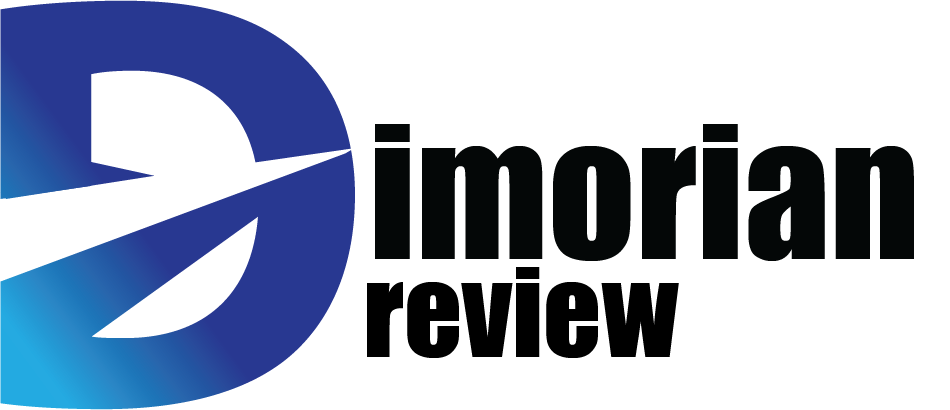Creating a custom AI chatbot for your website can revolutionize customer engagement, support, and lead generation. Here’s a detailed guide to help you get started:
1. Define Your Objectives
Before diving into the technical aspects, outline what you want to achieve with your chatbot. Consider the following:
- Purpose: Customer support, lead generation, FAQ, etc.
- Target Audience: Identify who will be interacting with your bot.
- Key Features: What functionalities do you need? (e.g., multilingual support, integration with CRM, etc.)
2. Choose the Right Platform
Select a no-code platform like Chaindesk to simplify the process. These platforms allow you to create, train, and deploy chatbots without extensive technical knowledge.
3. Gather and Import Data
Your chatbot needs a robust knowledge base. Collect data from various sources such as:
- Documents: PDFs, Word files, etc.
- Online Content: Website FAQs, blog posts, etc.
- Databases: CRM, customer interaction logs, etc. Import this data into the chatbot platform to train your AI.
4. Customize Your Chatbot
Personalize the chatbot to align with your brand’s voice and objectives:
- Set the Persona: Define how your chatbot communicates (formal, casual, humorous, etc.).
- Training: Use the imported data to train your chatbot. Make sure it understands and responds accurately to user queries.
- Integration: Connect your chatbot with other tools like Google Drive, Slack, Zendesk, etc.
5. Deployment
Deploy your chatbot on your website using easy-to-add widgets or through integration with existing tools. Ensure it’s accessible and visible to users.
6. Monitoring and Optimization
Once your chatbot is live:
- Monitor Interactions: Use the platform’s dashboard to track conversations and identify areas for improvement.
- Feedback Loop: Collect user feedback to continually refine and enhance the chatbot’s responses.
- Human Handoff: Set up protocols for human agents to take over complex inquiries seamlessly.
7. Continuous Improvement
AI chatbots improve over time with more data and interactions. Regularly update the training data and incorporate new FAQs or customer concerns to keep the chatbot relevant and effective.
8. Conclusion
Building a custom AI chatbot is an ongoing process that requires clear objectives, the right tools, and continuous refinement. By following these steps, you can create a powerful AI assistant that enhances user experience and streamlines operations.
Start your chatbot journey today with Chaindesk’s user-friendly platform and elevate your customer engagement effortlessly.
For more detailed information and to get started, visit Chaindesk.
